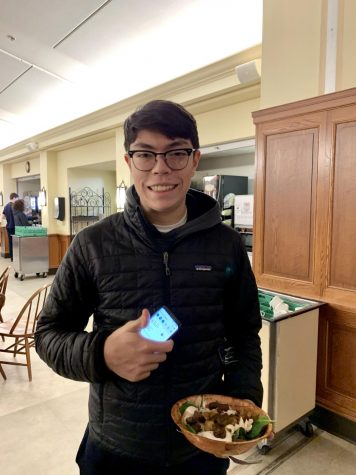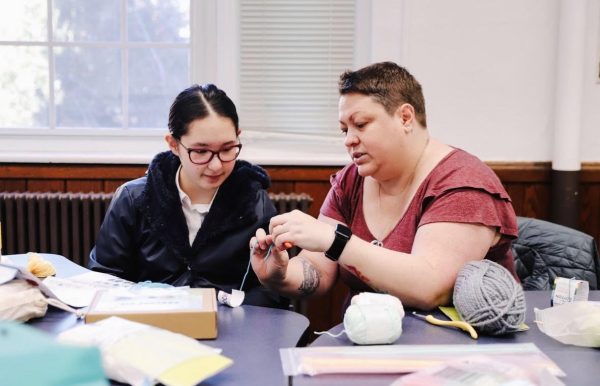Stargazing at Kent
October 9, 2019
As spring is finally starting, the Kent Underground Astronomy Club was able to run a stargazing event on the football fields. With Kent’s relative isolation, there is not much to see on the horizon. However, when the sky lights up at night, a glimpse into the night is easily seen.
Advisor to the Kent Underground Astronomy Club and stargazer extraordinaire, Mr. McDonough–whose favorite constellation is Ursa Major–led the stargazing session with his knowledge and expertise.
By locating the famous Big Dipper, Mr. McDonough taught all of the students how to locate the North Star, Polaris, with the two guide stars at the edge of the “spoon” part of the Big Dipper.
Polaris, having been historically used as a guide star by the explorers of old, is a useful star to recognize. With the North Star located, students moved on to many other constellations.
Club members were taught to look for the three-star-belt to find Orion, the archer, with some of the more recognizable constellations nearby. The queen, Cassiopeia, marked by her signature “W” shape and the king, Cepheus, sat atop his throne, were not too far from him. They were also able to see Mars over the horizon, as it was the only planet present above the ground.
Mr. McDonough taught the names of some of the stars, as well as the history surrounding their Arabic origin. With the wealth of intelligence in the olden Arabic empire, it is no wonder that they had an impact on the storytelling of stars just like the Greeks and Romans.
When asked about what his favorite thing about being able to stargaze at Kent, Mr. McDonough responds, “We are able to appreciate a night sky fundamentally unchanged from what the ancient Greeks and Romans saw, wondered at, and gave names to.”
With Spring finally upon Kent, students can expect to be able to enjoy many more stars shining in the sky.















